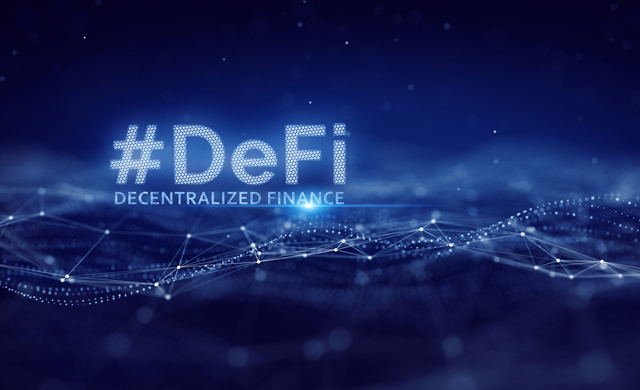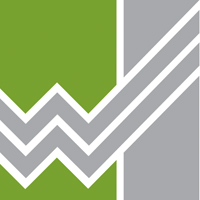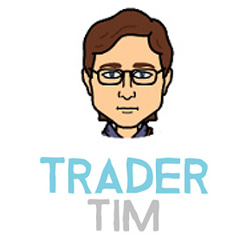Oracles serve as a bridge between the blockchain and the real world, as they provide real-life information on events, market data, and other important data that can be used in smart contracts on decentralized exchanges and application platforms. They facilitate the use of real-world data in blockchain applications, particularly in the context of smart contracts. They automate complex processes and make the system more transparent and efficient.

Blockchain has created automated transparency that has eliminated the need for intermediaries; nevertheless, this innovation has some limitations. The blockchain network is a closed system. A major solution to this problem is the oracle, as it brings in or provides external data to the closed blockchain network.
In this issue, we shall be discussing the innovations of Oracle in the blockchain or crypto space. We shall also be considering some of the opportunities in this area for crypto investors.
Functions of Oracle
Oracle is useful for decentralized applications because it connects blockchain apps to external data in the outside world. This key function makes Oracle a very important part of the blockchain industry. Below, we discuss ways in which Oracle plays an important role in decentralized finance.
- They provide price feeds to decentralized exchange platforms (DEXs), as decentralized exchange platforms need up-to-date price feeds. Oracle makes this available to them as the source data from outside exchange platforms.
- Oracle helps DeFi apps manage assets such as loans, collaterals, derivatives, and others, as these assets need up-to-date information for efficient management.
- DeFi applications, through the functionalities of smart contracts, have conditions that must be met before certain activities or market executions can be carried out. For instance, a smart contract can demand that a stock reach a specific level before a trade is executed. Oracle helps smart contracts carry out automated market executions on the platform as it continues to provide it with outside data.
- Some DeFi apps use weather data to assess risk and determine the amount of indemnity. Blockchain oracles can be utilized to offer reliable and speedy weather data sourced from external platforms.
In summary, Oracle’s major function in the crypto space is to act as an intermediary between a decentralized platform and external data sources. This external data source may include a database, other blockchain platforms, APIs, real-time data deeds, and other sources.
Although the oracle industry is not as large as stablecoins or the DeFi sector, we think it will continue to grow as more and more blockchains depend on their functionality.
List of Some Top Oracle Projects
Chainlink (LINK)
The first on the list is the Chainlink (LINK) platform. This decentralized oracle network gives smart contracts on several blockchain platforms reliable inputs and outputs.
This network is composed of decentralized nodes that gather information from a variety of sources. They also validate the gathered data before delivering it to the particular smart contract requesting it.
Judging by its market capitalization, LINK is now the 20th largest cryptocurrency. Its market capitalization is currently valued at $3.76 billion at a token price of $7.41. Midway through 2021, the LINK market achieved an all-time high of above $50.
Almost $7 trillion was reached in 2022 by the cumulative amount of Transaction Value Enabled (TVE). The TVE represents the US dollar worth of all the transactions made possible by this platform. Chainlink has more than a thousand oracle networks and also supports more than a dozen blockchain platforms.
Chainlink is introducing another monetization innovation known as the Economic 2.0 upgrade. This latest technology is believed to contribute to its growth in the near future.
The Band Protocol
This network was introduced in 2019. Band protocol is a subsidiary of the Cosmos network. The Cosmos network is a platform centered on interoperability that supports several smart contract blockchains.
The Byzantine Fault Tolerant Consensus Mechanism (technology from Tendermint) is used in the construction of the Band Protocol. This platform is based on the Band blockchain, but uses the Cosmos SDK technology. The Band protocol is connected and can communicate with other blockchain platforms through the Inter-Blockchain Communication Protocol (IBC) of the Cosmos network.
Band ranks second after LINK. It has a market valuation of $245 million. Its market price is $2 per token. Band has a robust ecosystem due to its interoperability and security. This will ensure its relevance in the years to come.
iExec (RLC)
This is a decentralized network that links and connects the service providers of cloud computing with the users. They provide computational resources to decentralized applications and get paid for the services. The platform’s native currency, which is used for payment, is RLC.
This platform introduced the iExec “Oracle Factory” in 2021, with which customers can quickly generate customized oracles.
More than half of the 50 oracles that have been created on the network so far are price feeds. The RLC token in the market trades at $1.92, and its market capitalization is $155 million.
Nest Protocol (NEST)
Established in 2022, the NEST Protocol is a decentralized oracle network based on the Ethereum network. It uses a variety of technologies to provide safe and cutting-edge products. Its main objective is to utilize a decentralized reward system called the price predictor to address the issue of on-chain pricing consistency.
For DeFi apps to accurately represent the asset price on an exchange, precise price data is essential. Yet market prices can be sensitive to manipulation, leading to potential data assaults. By confirming the asset price, NEST’s price predictor ensures timely and reliable data while eliminating concerns related to centralization.
Learn from market wizards: Books to take your trading to the next level

 Hot Features
Hot Features














